If you're tired of smelly garbage, the Vego Kitchen Composter is a great way to responsibly dispose of food scraps — if you're fine with sacrificing the countertop space.
Food waste is a big deal. While the numbers vary depending on your source, it's estimated that the average American throws away anywhere between 200 and 400 pounds of food a year.
That might not seem like a big deal because that averages about 0.82 pounds of waste a day — about 2.5 apples or a little less than one russet potato.
But it's a little more sobering when you realize that food waste accounts for almost a quarter of landfill waste.
And, when thrown in a landfill, food doesn't simply decompose nicely into soil, the way it might in a compost pile in your backyard. Instead, it rots in anaerobic environments where it off-gasses methane, a greenhouse gas that is 84 times more powerful than carbon dioxide.
According to the EPA, every year Americans throw away enough food to create 42 coal-powered plants worth of greenhouse gas emissions. That is a big problem.
And, as the EPA points out, the most effective way to deal with the problem is prevention. However, even with the best preventative measures in place, you're still going to have food you need to dispose of.
So, say you don't want to throw your food in the garbage anymore. You can try traditional composting, provided you have the space and time to maintain a compost pile. You could try vermicomposting, which requires you to obtain and maintain a colony of worms to help break down your food scraps.
Or, if you're not into the idea of either of those, you could get yourself a countertop composter.
Using a combination of heat and grinding, countertop composters break down food scraps and plant material into a dirt-like substance in a matter of hours, not months.
While this isn't true compost, it is compost adjacent, and it still has a lot of benefits. Not to mention, you don't have to go through the process of turning it, taking up space in your backyard, or the inevitable pests that come with traditional composting.
So, with all that in mind, let's take a look at the Vego Kitchen Composter.
Vego Kitchen Composter design
Vego isn't my first countertop composter. Some of you might remember that I tried out Lomi in 2022.
In this review, I'll compare the Vego directly against my 2022 Lomi, a product that I use pretty much daily at this point.
Now, my Lomi doesn't actually live on the counter because it's too big. Currently, it lives in my dining room on top of a flat-topped shoe rack.
However, the Vego has a smaller footprint and it could easily make itself at home on my counter. However, counter space is still at a premium here, so I don't think that would be its permanent space.
Ultimately the design isn't as important as the function. But for what it's worth, I actually greatly prefer the design of the Vego to many similar products.
Vego's sleek design is nice and the touch button interface at the top is pretty cool. The twist-off lid features a glass window and is easy enough to get on and off as needed. It seems somewhat less fussy than my Lomi's lid if nothing else.
And again, if I had more counter space or outlets in my kitchen, Vego would be a countertop composter I want to keep out in the open. Additionally, it's pretty easy to keep the exterior clean with a wet rag and a little dish soap.
Inside the Vego Kitchen Composter is a metal bucket with a stirring arm and a fixed "blade" that is used to grind the material into small bits. The bucket holds about four liters worth of scraps, which Vego points out is more than the Lomi's three-liter capacity.
Before I move on to discussing the setup and performance, there is one thing I would like to talk about — the glass window.
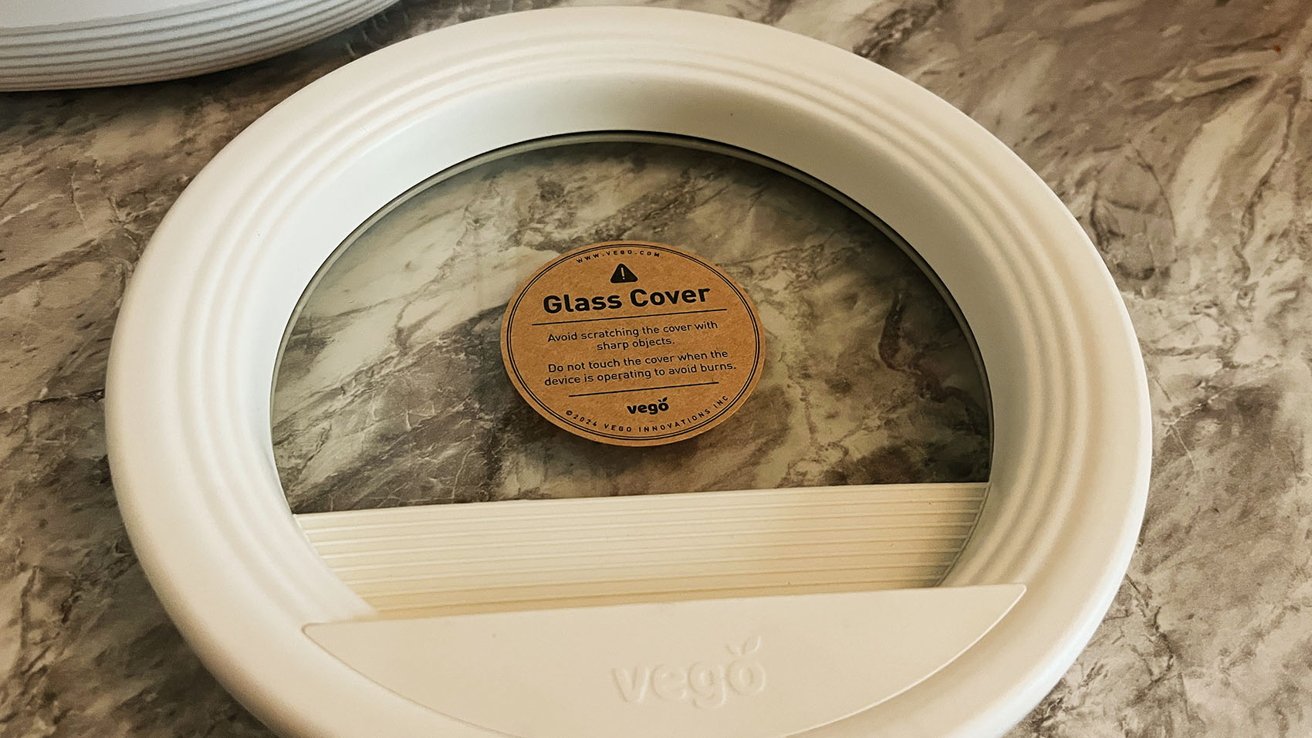 Vego Kitchen Composter - the glass window seems like a good idea in theory, but in practice is actually pretty gross
Vego Kitchen Composter - the glass window seems like a good idea in theory, but in practice is actually pretty grossWhen Lomi first added a window to their lineup, well after I got the original version, I thought "Wow, that's such a cool idea, I wish mine had a window!" Allow me to tell you, dear reader, it is not a cool idea.
There's that old saying that goes, "Anyone who loves the law or sausages should never watch either being made." I would like to append it with "or countertop compost," because it was disgusting pretty much from start to finish.
No matter what you put into your Vego — or any countertop composter, for that matter — whatever comes out of it is going to be brown. So, for a significant portion of the processing cycle, that window gives you a look into what could only be described as upsettingly biological.
It's so gross that I didn't bother snapping a picture of it. You're welcome.
But, fortunately enough for me, I'm short enough that I can't see into the bucket unless I get a step stool — small victory, I suppose. So, the window doesn't add anything that I couldn't live without, except maybe an easy way to check to see if it's time to run it.
Vego Kitchen Composter - Initial setup
Setting up the Vego is easy. You just need to unbox it, remove the cord from the inside of the bucket, and then fill the filter box with the included activated charcoal pellets. Vego includes enough activated charcoal to fill it once.
When it comes time to replace your activated charcoal, you can dump the spent charcoal straight into the bucket and compost that, too. And while you can purchase more charcoal from Vego, I suggest just grabbing some from your local pet supply store — it'll be near the aquarium section.
My biggest complaint about the setup was filling the filter box. The box has a curved top, and because you fill it upside down, that means you can't sit it down.
Dumping the charcoal pellets out of the bag and into the box — which is only about an inch wide — isn't easy. It requires you to hold the box in your non-dominant hand and then jiggle the bag into the opening.
This basically winds up being a two-person job, or if you're like me, you can just spill little charcoal pellets all over your kitchen and leave little black hand prints all over the place. It's been over a week since I've set it up, and I'm still finding the occasional pellet.
However, once that is finished, you're ready to use it. Of course, you could also connect it with the Vego app, a process that requires you to add Vego to your home network.
This was, by far, the easiest smart home device I've ever paired to my home Wi-Fi. I just opened the app, followed the instructions, and in under a minute, I had added Vego to my home network.
Vego Kitchen Composter - The Vego app
Speaking of the app, let's take a second to talk about that. Is the app necessary to run Vego? Absolutely not.
But you still might find it somewhat useful anyway. Or, at the very least, it's kind of neat to see how much your kitchen scraps weigh or how long Vego thinks it'll take to process your scraps.
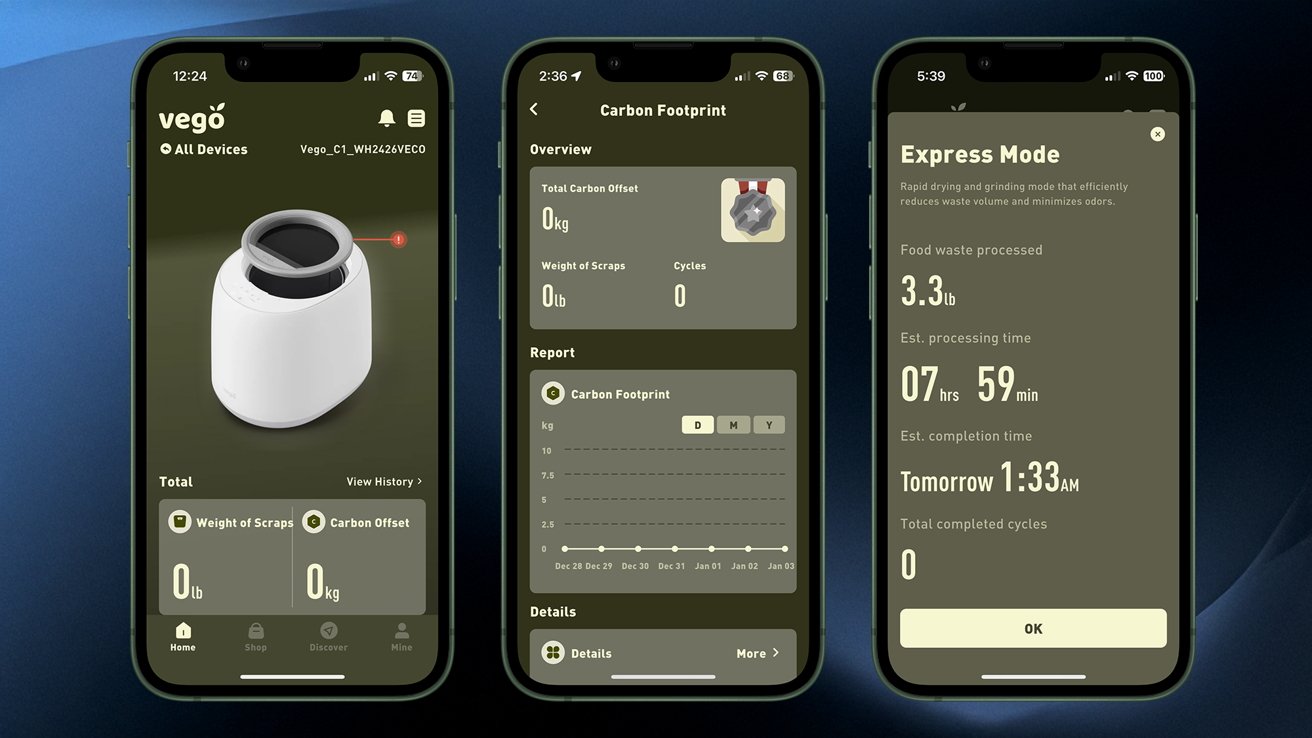 Vego Kitchen Composter - the Vego appVego Kitchen Composter - the Vego appVego Kitchen Composter - the Vego app
Vego Kitchen Composter - the Vego appVego Kitchen Composter - the Vego appVego Kitchen Composter - the Vego appBut, it's still pretty barebones as far as apps go. You can't control Vego from the app — you'll have to do that from the device itself. This doesn't bother me too much, but it is worth mentioning if that's a deal breaker for you.
Vego Kitchen Composter - Performance
I wanted to put Vego through its paces for its first run, which meant I needed a fair amount of organic material to fill up the bucket. Fortunately for me, my dad grows a lot of potatoes and there's never a shortage of questionable quality potatoes in his potato buckets.
Fortunately, at this point in my life, my parents understand that my job often has somewhat strange requirements. So, I headed back to my house with a bunch of "not quite good enough" potatoes in tow and planned to have an exciting evening of countertop composting ahead of me.
In addition to a couple of pounds worth of split, green, or otherwise unusable potatoes, I wound up with a lot of mandarin orange peels to compost. Mandarin oranges are a go-to snack and ingredient in my house, so I almost always have at least a few peels to deal with.
I treated the scraps for the Vego the same way I do scraps for the Lomi. Anything particularly large gets chopped into smaller pieces, but for the most part, I just dump any approved material into the bucket and let the composter sort it out.
When all was said and done, I had about 3.3 pounds of assorted produce bits to grind up. This wound up being about half of the total capacity of the interior bucket. I selected the express mode — more on that in a second — and let the Vego do its thing.
Now, three pounds of scraps is quite a bit to process, though a lot of that is water which will evaporate off as it's heated — more on that later.
What surprised me the most was how quiet the Vego is. I would never describe the Lomi as loud, but I definitely know when it's running.
Vego, however, is eerily quiet. In fact, I kept getting up to check it for the first few hours to see if it was still running.
Again, the Lomi's volume has never been a problem for me, but I do think that the Vego's whisper-quiet operation is a plus. Doubly so if you're in a small apartment or have young children or reactive pets.
The downside is that Vego is pretty slow. As I said, three pounds of scraps is a lot to process, but it's about what I run through my Lomi. Lomi completed the process in about five hours, whereas Vego took almost ten.
This isn't a huge deal, especially because you can stop Vego mid-cycle and add more scraps if you need to, but it's something to consider.
And, that's for the express mode, too. Like other countertop composters, Vego has multiple modes you can run. Here's a quick explanation of each mode.
Vego Mode
According to the Vego Garden website, this is an exclusive-to-Vego mode that is designed to preserve the most beneficial microbes and enzymes. You'll need to use a little microbe tab in this mode, which is pretty standard for countertop composters.
This is also the slowest mode, with Vego saying that this will take anywhere from nine to 24 hours. But, when you're done, you're left with a bio-active, proto compost ready to be used in your garden or mixed into potting soil.
Express Mode
If you're like me, you aren't using a countertop composter to create a fertilizer so much as you are trying to avoid rotting food in your home. That's where the express mode comes in.
This fast mode uses higher heat and more frequent agitation to break down scraps quickly. Vego says that this will take anywhere from two to eight hours, though that really depends on the water content.
When finished, you'll be left with a sawdust-type material that you can throw into your green waste bin, or just do what I do — toss it into your backyard compost pile. My compost pile tends to be almost entirely composed of leaves from the three oak trees that shade my backyard, so the dried-out kitchen scraps help break them out a bit faster.
Fertilize Mode
Fertilize mode is somewhere between the Express and Vego modes. Again, this is a fairly slow mode, taking anywhere from nine to 22 hours to complete.
When finished, Vego says the output is a microbe-rich material that is ideal for starting new compost piles or reactivating old ones.
Grass Mode
Grass Mode is effectively just Fertilizer Mode. The main difference is that the Vego will grind the material to a finer finish, which then can be used as a top dressing for your lawn.
This mode takes 11 to 24 hours to complete.
Clean mode
Vego comes with a self-cleaning mode that allows you to add water to clean Vego's composting bucket without needing to take it to the sink. It takes about 30 minutes to complete this and only requires water.
I thought this was somewhat clever, though, because I haven't seen it in countertop composters before. It certainly sounds like a feature you'd want.
However, in practice, I think it might be a bit different. I don't think I've washed my Lomi bucket more than a couple of times since I've gotten it. It just doesn't get that dirty. But, this is still a nice idea.
Vego Kitchen Composter - The end product
As I stated above, it took nearly 10 hours to process 3.3 lbs of scraps, but I didn't really notice all that much. Again, it's a very quiet machine, and I didn't need to add anything to it mid-cycle.
When finished, I was left with a coarse ground mixture of dried-up organic material. The one thing I noticed is that the Vego's express mode leaves you with a much coarser grind than that of the Lomi's, which has almost a coffee ground-like texture when finished.
What came out of the Vego when it was done weighed about 13.1 ounces or just under 25% of the original weight of the scraps. For those who are more visual learners, that equates to just about two cups of this organic material.
Vego Kitchen Composter - Final thoughts and uses
Overall, I like the Vego quite a bit. This is a harder-than-average product to rate, though, because it depends on what you're looking for.
If you're looking for something to completely replace a traditional compost pile, I don't think this is for you. Compost piles create compost, a bio-active, nutrient-rich material that has been aged and is safe to add to soil in larger quantities.
Countertop composters like the Vego make a dried organic material that you can use sparingly, like fertilizer. Because the material hasn't been broken down completely, the decomposing process can harm your plants.
If you are curious, Vego calls this substance "Vego Meal," and Lomi calls it "Lomi Earth."
Many countertop composters suggest using the material to top dress houseplants — but I'd personally recommend against it. Because it's not entirely broken down, this is still pretty harsh and can do some serious damage to your plants if you're not careful. It can also grow mold and attract pests if it's left wet and exposed to air.
I'd suggest mixing it into potting soil at a 1:10 ratio of fertilizer to soil. It's also perfectly fine to throw in your compost pile and can help speed up decomposition if you tend to have more "brown" material like dried leaves, wood chips, twigs, or small branches.
You can also scatter across your grass in the spring and fall for an additional nutrient boost.
Rating: 4 out of 5
Vego Kitchen Composter pros:
- Smaller footprint than other countertop composters
- Cheaper than many other countertop composters
- Quiet operation
- Prevents odors from rotting food in trash can
Vego Kitchen Composter cons:
- Takes up counter space and an outlet, which may not work for particularly cramped kitchens
- Glass window isn't as useful as you'd think
- Doesn't create true compost
- Slower than other countertop composters
Where to buy
If you're looking to grab your own Vego Kitchen Composter, you can grab it from the Vego Garden website and Amazon. At the time of publication, it currently costs $299.95, which is 35% off.
 Amber Neely
Amber Neely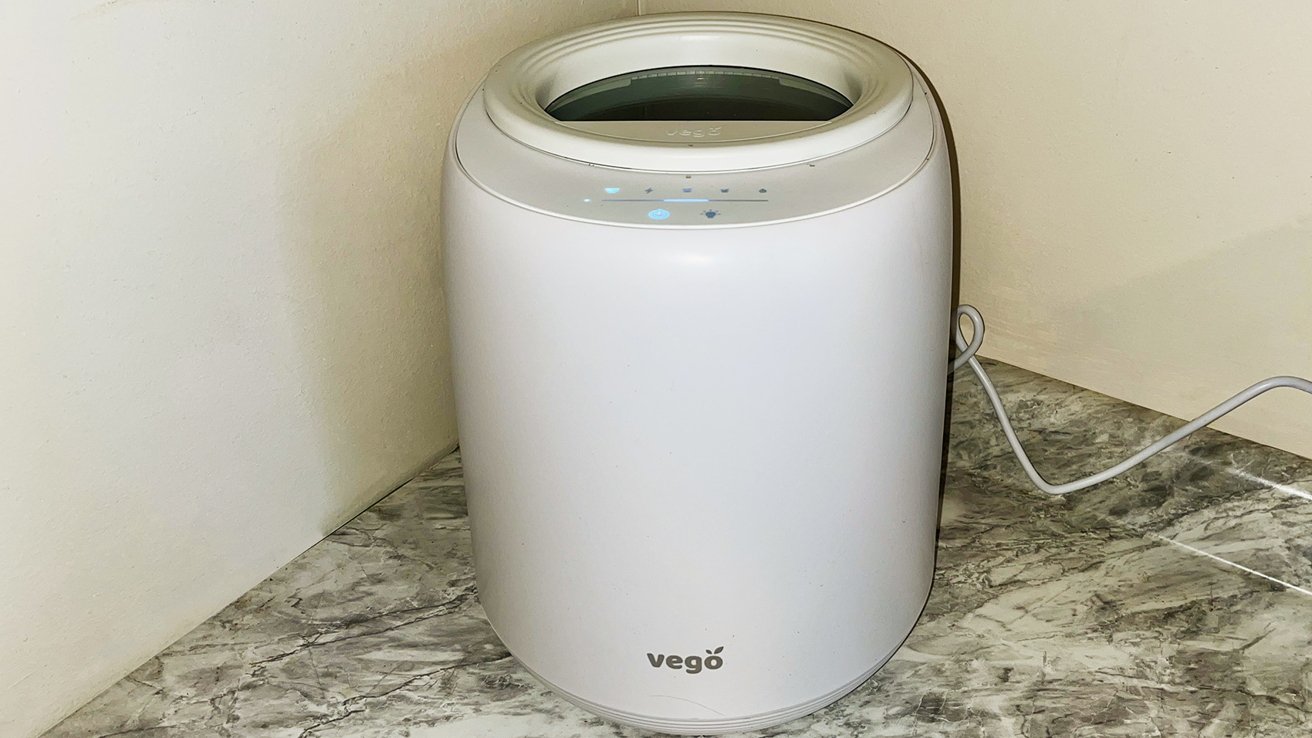
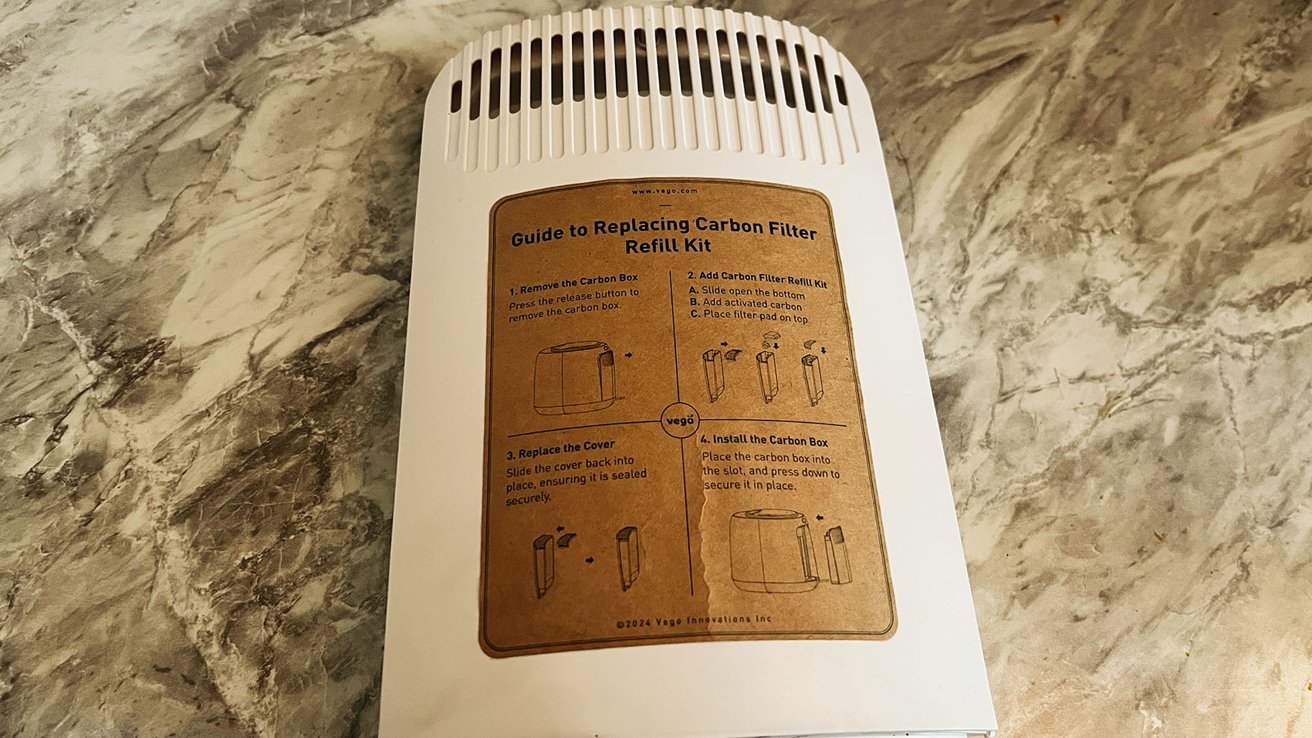
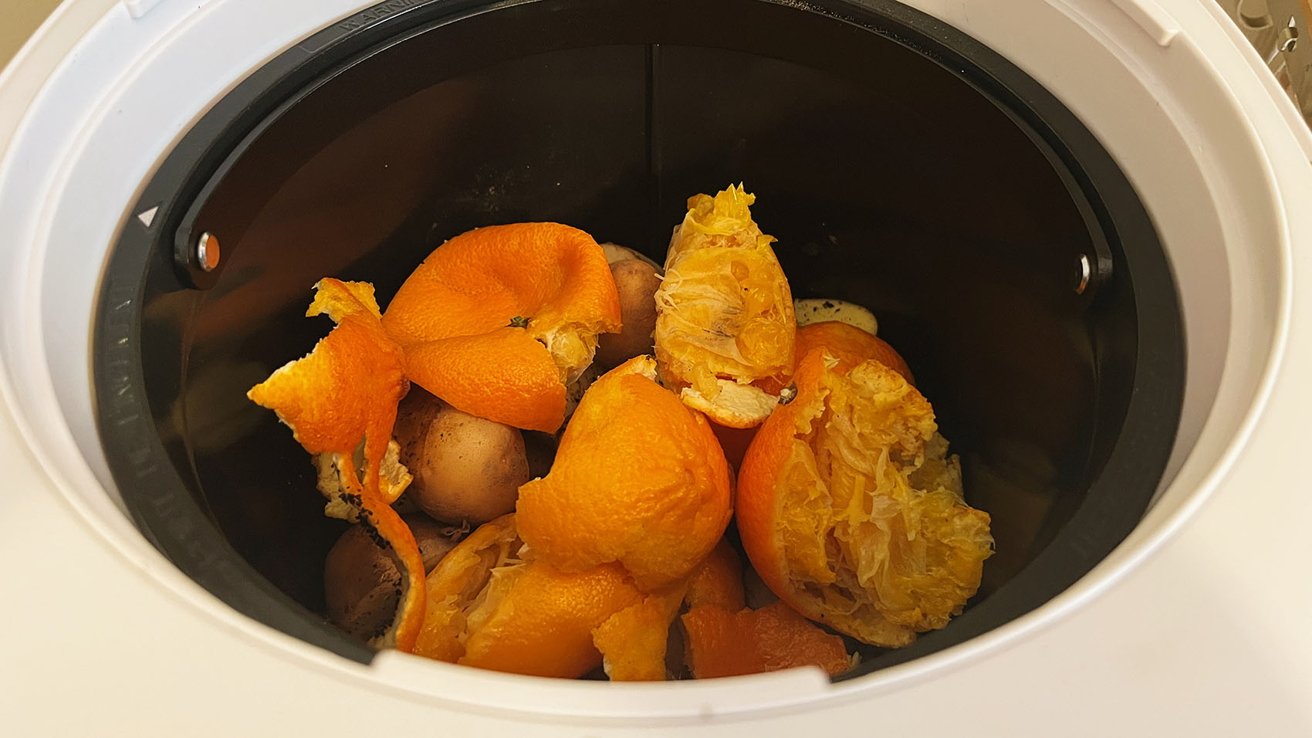
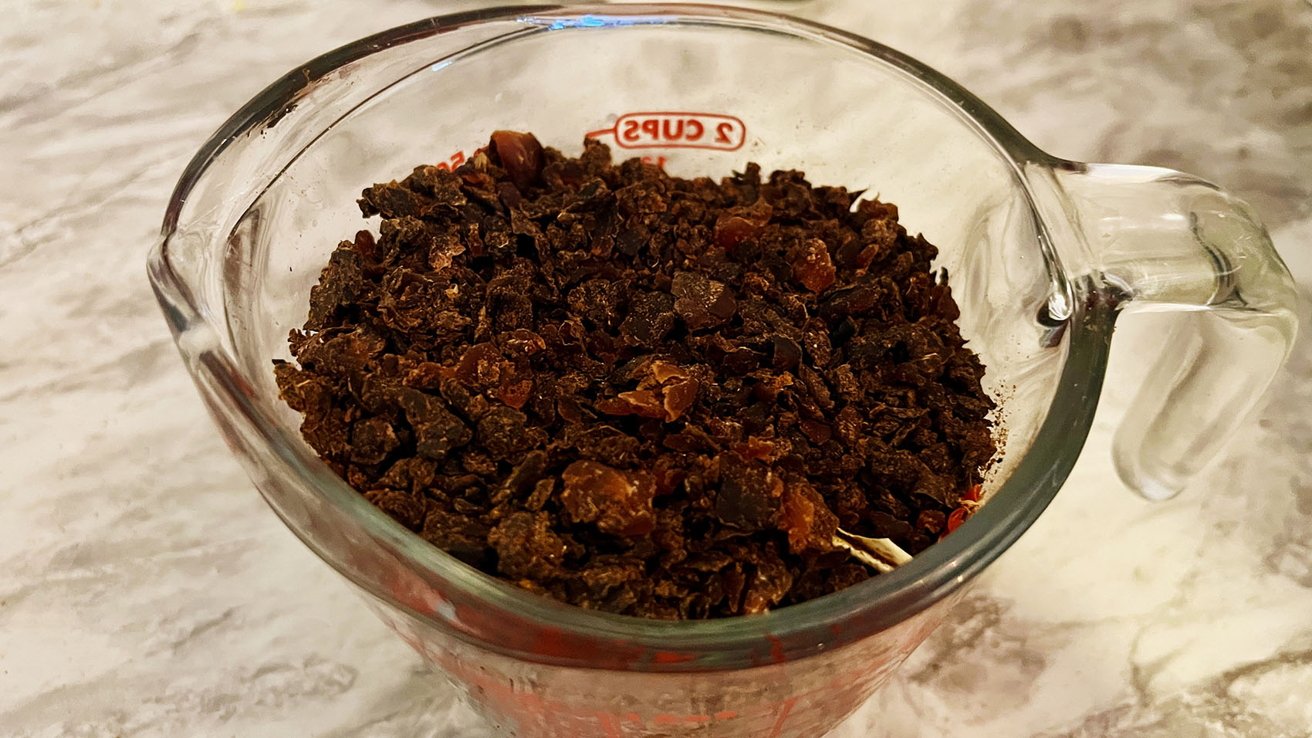
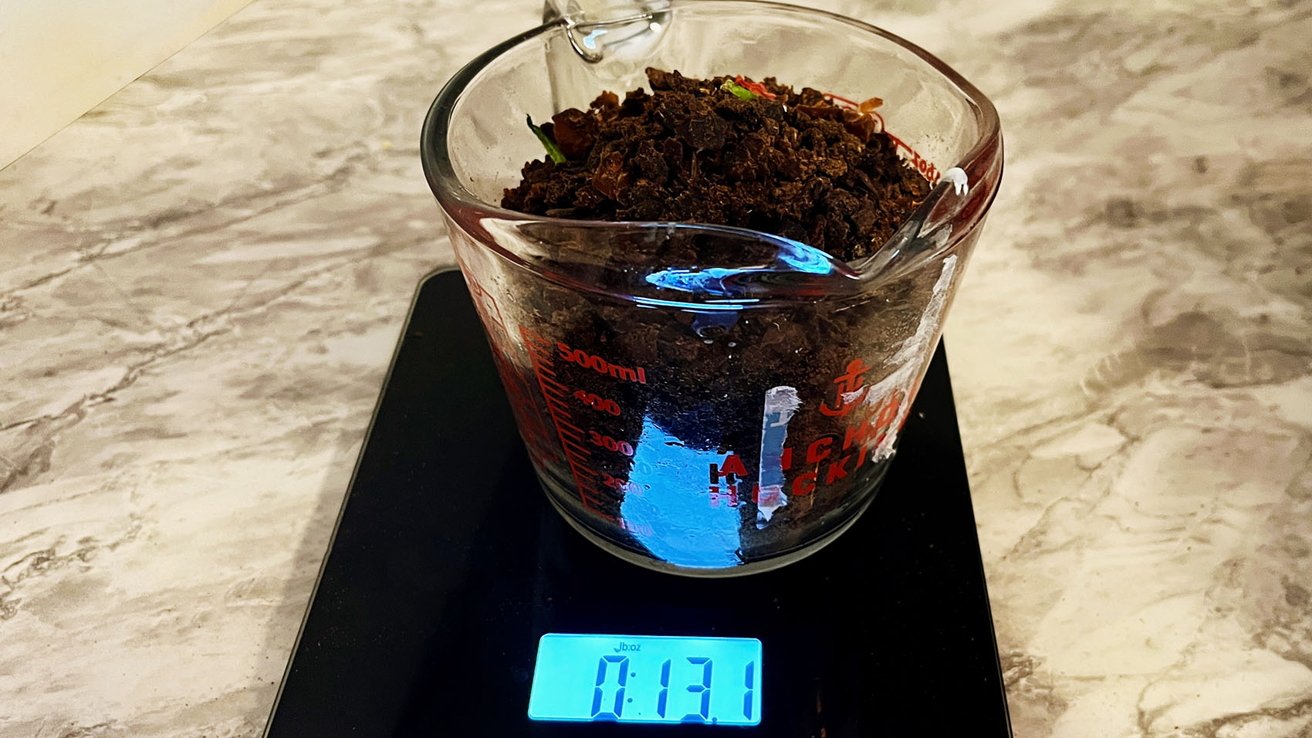





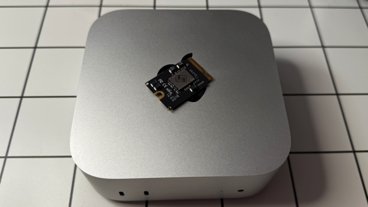

-m.jpg)






 Wesley Hilliard
Wesley Hilliard
 William Gallagher
William Gallagher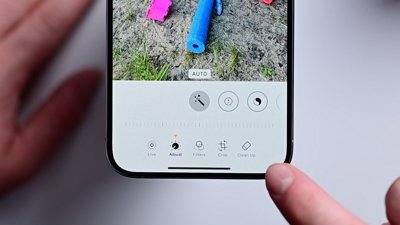
 Andrew O'Hara
Andrew O'Hara
 Marko Zivkovic
Marko Zivkovic


 Christine McKee
Christine McKee








8 Comments
Interesting. I liked my Lomi a lot but ultimately returned it as I couldn’t justify the space and therefore the price. If it were half the size, I may have paid the price because I liked it enough. If it were half the price I may have found the spot to make it work. With older teenagers, the food stream is inconsistent enough that I don’t think I am worried about processing time so this appears to be an interesting option. With all the flyby companies on Amazon these days though I’d love to know a little bit more about Vego and whether they might be a one trick wonder or whether this is just the first in a stream of variously named Amazon products.
Perhaps not everyone has a good outdoor option to compost, but I can't wrap my head around spending $300 to do something that I do for free with ease.
Juicero reincarnated
I could have sworn this was the new Mac Pro…
For a bit more than $200 I bought my wife a 65 gallon tumbling composter for the backyard that uses zero electricity but doesn't have a fancy app.
For your typical garden, 1 gallon of compost doesn't do much. Just seems like a lot of money to make your own compost (a bit at a time).